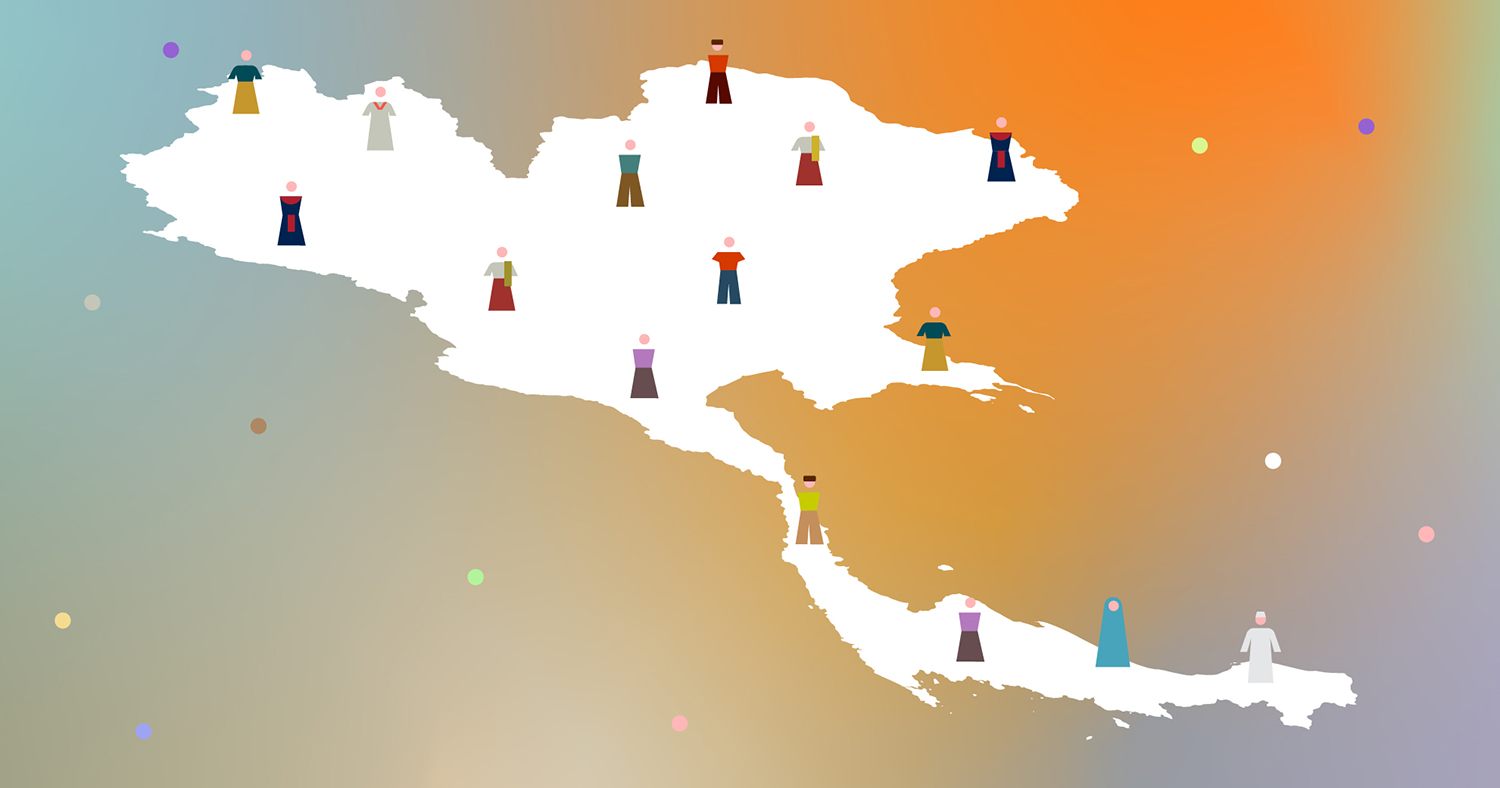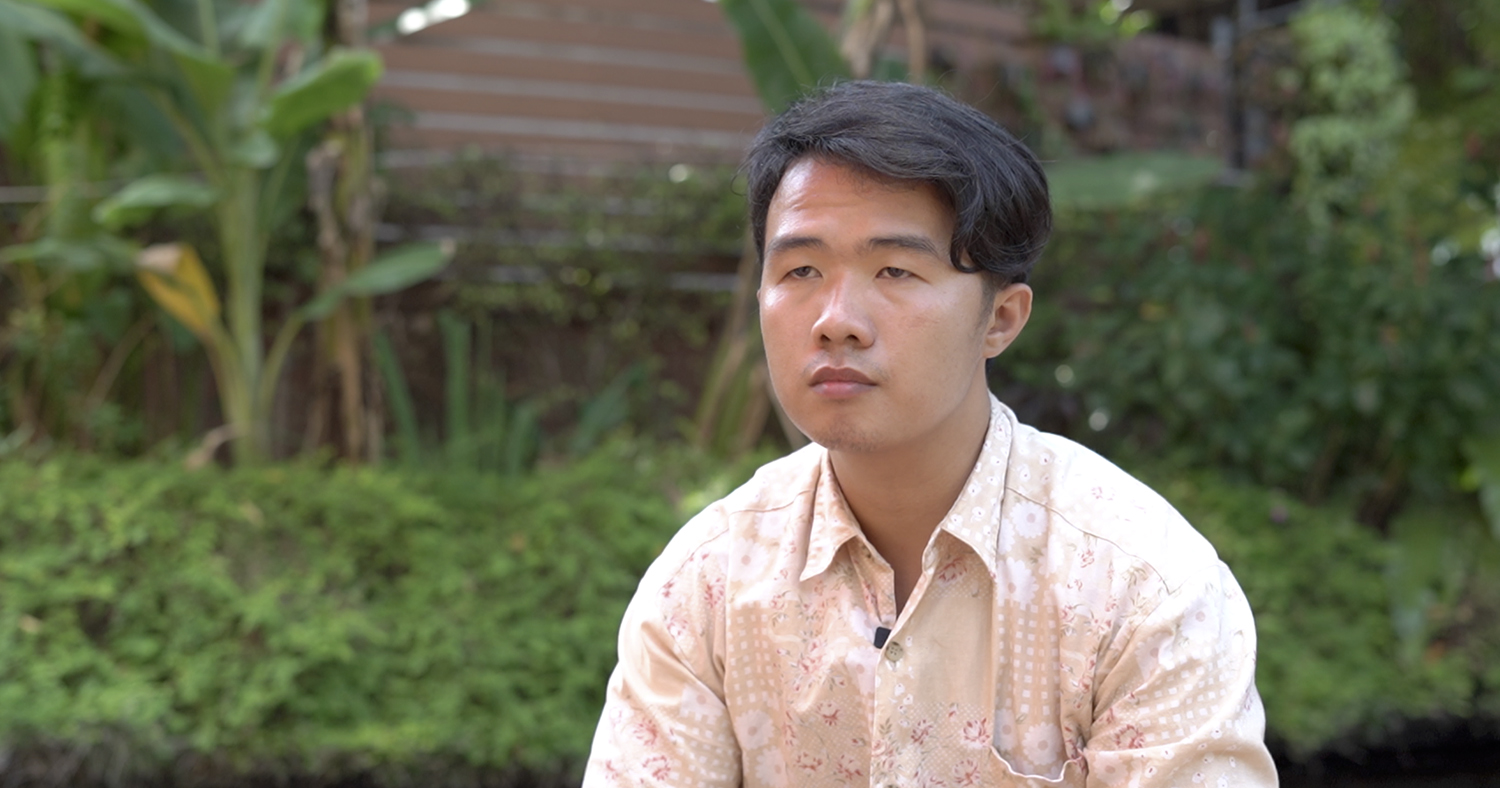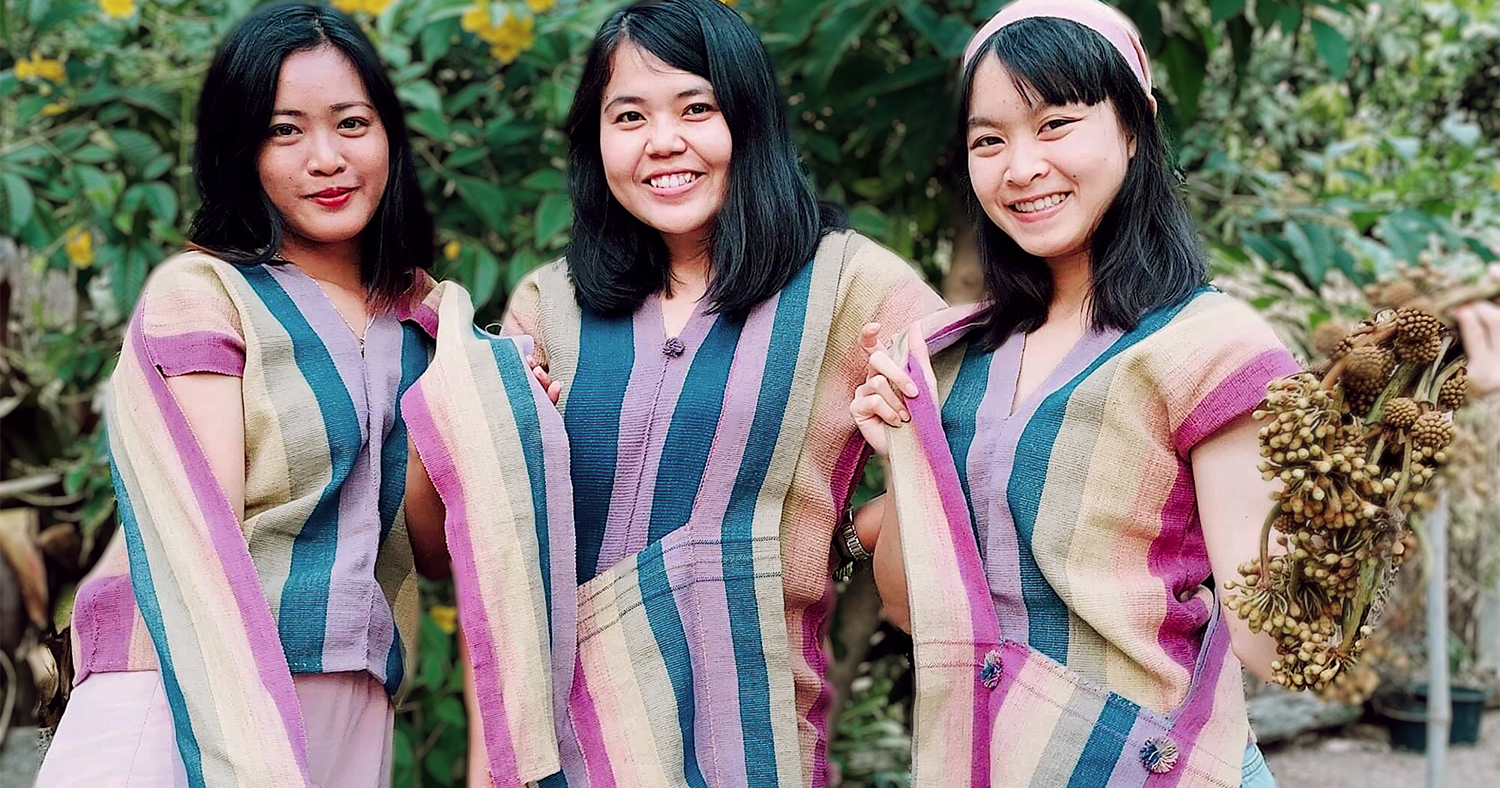“We are Thai people who live in Thailand.” This saying is so familiar to our ears that we often assume the people and the country are the same thing. In fact, ethnicity, race, nationality, and country are all distinct.
When the term ‘Thai’ is used both in the context of territory and people, it conjures the mental image that only Thai people are found in Thailand.
Thus, we tend to think that people in Cambodia are Cambodian, where, in fact, the majority of the Cambodian population is Khmer, which, by itself, contains its own subgroups.
Likewise, the population of Thailand belongs to many ethnicities.
According to the Princess Maha Chakri Sirindhorn Anthropology Centre, there are more than 60 ethnic groups in Thailand when classified by the self-identified names, including Thai, Karen, Lao Song, Bon (Nyah Kur), Bru, Moken, etc. Linguistically, there are as many as 70 language groups divided into 5 different families.
When asking individuals living in Thailand to explore more in-depth into the ethnic breakdown, almost all of them could provide nuances and details beyond just being Thai. We all come from different families, each with its own diverse background. That diversity tends to be overlooked or made invisible.
From Siam to Thailand
Evidences show that Thailand is situated in a part of Southeast Asia that has seen regular migration of and contacts between different groups of people in the course of its thousand-year-old history. Therefore, this area is inhabited by people of a wide range of ethnicity.
Sujit Wongthes explains that the ancestry of Thai people are the ethnic groups local to the northern part of Southeast Asia, including Hmong, Mien, and Tibeto-Burman families including Karen. The southernmost group is Malay. All of these ethnicities precede the ‘Thai’ ethnic group.
The turning point which solidified the sense of Thainess, and the result of the corrosion of diversity, can be traced back to the Kingdom of Siam during the reign of King Rama V (1868-1910). Sandwiched between the colonizing power, Siam managed to successfully clearly demarcate its nation-state territory along the natural borders. It hoped that a clear boundary would safeguard its territory. However, as the move did not take into account cultural boundaries, various groups of people were forced to become subjects of the same nation-state. Meanwhile, people with a common background were separated, for instance, the Karen people in Western Thailand share the language, culture, and history with those opposite the border in Myanmar.
The centralized administration and the intensive nation building process at that time rendered the cultures of ethnic groups who lived in the forests or remote towns eccentric and ridiculous, and needed to be governed by centrally-appointed elites.
Another important turning point happened during the government of Field Marshal Plaek Phibunsongkhram (1938-1957), when he renamed the country from Siam to Thailand and implemented policies strengthening Thai cultural unity and assimilating the people within one culture. Announcements were made to require people to do things that reflected the lack of promotion of secondary and ethnic cultures, such as to use the central Thai dialect, to dress a certain way, or to preserve the Thai culture.
More recently, Apinan Thamsena, scholar at the Princess Maha Chakri Sirindhorn Anthropology Centre, pointed out that Thainess was notably utilized during the anti-communist campaign.
“The conflict got more intense again during the Cold War. Some ethnic groups who lived along the borders were seen as a subject of national security”. Apinan further explained that the state followed two approaches. One was that of assimilation, which was felt most strongly among the people in the northeast. The other was otherization, for example, the portrayal of some hilltribe people, like Hmong, as drug traffickers.
Diversity, Security, and Thainess
Several decades later after the end of the colonialization period and the Cold War, even though the fear of communism did not play such an influential role as before, it is undeniable that the concept of Thainess has already taken deep roots in Thai society while ethnic groups are still perceived with a tinge of biases.
According to Apinan, the development of Thainess concept since 1987 was more open towards ethnic groups, provided that they could still be managed by the state. The state also took the position of a charity worker rather than valued their human dignity.
Ten years later, progress was made by the 1997 Constitution by addressing human rights and community rights. Many relevant parties began to ‘see’ ethnicity. Even so, the increased attention on ethnic people still focused mostly on the cultural aspects rather than ensuring their genuine participation in the natural resource management.
In 2007, Thailand signed the United Nations Declaration on the Rights of Indigenous Peoples, which acknowledges basic rights of indigenous peoples, such as land, territory, natural resources, self-determination, and free consent. While its concept has effectively enhanced the public awareness, Apinan believed that ethnicity is still framed as a part of cultural tourism rather than ethnic groups gaining rights to self-management.
“The concepts of diversity and rights of ethnic groups in Thailand remain largely paradoxical. We can see that the state’s mindset is still based on national security, which takes precedence over human security and human dignity”.
“Therefore, the kind of diversity deemed acceptable mainly involves those not affecting national security, for example, the beauty of costumes, languages, and cultures. It does not cover a more profound side of it as that may disturb the administrative power in that area”, said Apinan.
In conclusion, the ethnic acceptance as mentioned above simply refers to the acknowledgement of diversity based on policies that, in themselves, lack diversity. That is, as long as the ethnic diversity does not cross the line determined by the state, that diversity is acceptable. However, once it does, as in matters related to resources, national security immediately gains importance.
Nowadays, the world acknowledges and values diversity. Human security has become a global agenda that has been converted into national policies in many countries. To co-exist with understanding, to respect different cultures, and to return basic rights to the ethnic citizens have become a solution to many outstanding human rights and humanitarian problems resulted from the conventional nation-state building, which focused on a single culture.
Thailand has gradually recognized ethnic diversity since the 1997 Constitution. Section 70 of the current 2017 Constitution provides a protection for Thai citizens of ethnic minorities allowing them to peacefully and voluntarily live in the society according to their culture, tradition, and way of life.
Since 2019, there has been a push for several draft bills relating to ethnic minorities in order to advance the recognition of rights and traditional way of life of the ethnic minorities in Thailand. The common core theme of these drafts focuses on granting personal status, promoting equality based on cultural diversity, creating protecting mechanisms for ethnic people, and empowering ethnic communities.
Despite the lengthy and complicated law and policy making process, the enactment of a legislation that protects the ethnic minorities will serve as a solid base and starting point for a recognition of ethnic minority rights for Thailand.
xxxxxxxxxxxxxxxxxxxxxxx
Sources




















 Becoming Home
Becoming Home